Before you read any further, consider this:
A Productiv Report on the 2023 State of SaaS analyzed nearly 100 million SaaS licenses over three years and concluded that SaaS portfolio sizes reached an all-time high in 2023, with the average portfolio containing 371 SaaS apps. Here’s the breakdown based on company size in 2023:
- Companies with fewer than 500 employees used on average 253 SaaS tools.
- Companies with 500 to 2000 employees used on average 335 SaaS tools.
- Companies with more than 2000 employees used on average 473 SaaS tools.
This article provides an overview of how companies have come to use so many SaaS tools, why leveraging the data from these tools is challenging, and how the judicious use of AI can help companies assess their overall health through their SaaS tools.
The Evolution of SaaS Tools
When we look at the sheer number, diversity, and scope of SaaS tools today, it is impossible not to be amazed at how quickly it all evolved.
Here’s a brief look back at how SaaS tools have grown as a percentage of company operations:
- 2010: SaaS tools were used by approximately 20% of companies for key operations.
- 2012: The usage grew to 30%, driven by the adoption of CRM and project management tools.
- 2015: SaaS penetration reached 45%, with increased use in marketing, finance, and HR departments.
- 2018: SaaS tools powered 60% of company operations, with widespread adoption across all departments.
- 2020: Due to the COVID-19 pandemic, SaaS usage surged to 75% as remote work necessitated cloud-based solutions.
- 2023: SaaS tools now support over 85% of company operations, becoming integral to business workflows.
This growth underscores the increasing reliance on SaaS tools to manage and optimize business processes. Today, the modern company is 100% run by SaaS tools, making them vital to every aspect of operations.
The Size of the SaaS Market
The global SaaS market size was USD 296.93 billion in 2023 and is expected to grow to USD 829.34 billion by 2031, at a CAGR of 13.7% (according to a SkyQuest report).
SaaS Tools Across Departments
Companies use SaaS tools to manage operations across all departments. Examples include:
- Sales Tools: Salesforce-Sales, Pipedrive, Hubspot-Sales, etc., are used primarily for managing the sales pipelines and customer relationships.
- Marketing Tools: Google Ads, Mixpanel, Hubspot-Marketing, etc., are used for online advertising, user tracking, and managing inbound marketing campaigns.
- Finance Tools: QuickBooks, Stripe, Xero, etc., are used for accounting, payment processing, and financial management.
- Product & Engineering Tools: Asana, GitHub, Jira, etc., are used for project management, version control, and tracking issues and tasks in software development.
- Customer Service Tools: Zendesk, Freshdesk, Hubspot-Service, etc., are used for managing customer support tickets, communicating with customers, and tracking all customer interactions.
- Operations Tools: Slack, Zoom, TimeDoctor, etc., are used for team messaging, video conferencing, monitoring work hours, and productivity-related activities.
SaaS tools are used not only for managing various departmental operations but also for another important role: collecting key performance indicators (KPIs). KPIs are metrics that help track and measure the efficiency of those operations. By gathering and analyzing KPIs from SaaS tools, organizations can extract valuable insights into the performance of each department, which, in turn, can help improve processes and the overall performance of the company.
The Challenge of Analyzing KPIs
Analyzing and making sense of hundreds to thousands of KPIs is not a simple task! Consider, for example, the following scenario:
Your Engineering department uses the SaaS tool Notion for project tracking, and the KPI “ProjectsCompleted” starts going down (on a daily or weekly basis). This KPI measures the number of completed projects over time, and by going down it could mean that bug fixes, new features, or new releases are not being made available to customers.
As a result of “ProjectsCompleted” going down, but unbeknownst to it, the Customer Service division, which uses the tool Zendesk, sees the KPI “AverageFCR” (First Contact Resolution) go down over the following week.
As the final straw, customers get annoyed and leave, making the Finance division tool Stripe record an increase in the KPI “ChurnRate” over the following two weeks.
This is a simple example, and yet, without having full visibility and the ability to correlate the various KPIs from different departments, it may be difficult to track that an increase in “ChurnRate” this week was caused by problems in Engineering two weeks ago.
The Role of Data Scientists
Today, companies employ teams of data scientists to analyze KPIs, at a significant cost and with diminishing returns. Most corporations still rely on data scientists and engineers to manually manipulate and derive insights from data. Data scientists spend the majority of their time gathering and wrangling data, instead of analyzing it. Data silos, still predominant in most organizations, force analyzes to be done locally, and decisions made without a full view of the data and their correlations.
Moreover, decisions need to be made as soon as problems are detected, or better yet, before problems happen. Timely analysis of the data is only possible with increased automation. Real-time analysis is not possible if data scientists need to custom process and interpret data, so automating data science is necessary to make organizations more efficient. Using machine learning and automation to add insights into company operations is essential.
Now Imagine…
Imagine a world where all your SaaS tools are seamlessly integrated, providing a unified view of your entire organization’s health. In this ideal scenario, you can visualize all your SaaS data in easy-to-use graphs, gaining insights at a glance. Every department’s performance is clear and measurable through daily updated Execution Scores™, offering a quick health check of each department and the company as a whole.
Predictive analytics capabilities allow you to anticipate future performance, providing visibility into potential outcomes and identifying the key influencers driving these trends. You can take preemptive corrective actions, addressing issues before they escalate and ensuring smooth operations across the board.
In this perfect world, executives receive alerts about future events based on current and previous KPI values, enabling them to make informed decisions promptly. Division managers have a clear view of all SaaS tools’ KPIs used by their divisions and can direct tool managers to act accordingly. The people using the tools directly can monitor their daily progress, ensuring they meet demands and contribute effectively to the company’s success.
This vision of seamless integration and proactive management transforms how organizations operate, making them more efficient, responsive, and resilient. By leveraging advanced AI and automation, companies can unlock the full potential of their SaaS data, achieving full company visibility and driving continuous improvement.
If your company relies on SaaS tools for its operations, consider exploring solutions that can bring this vision to life and experience the transformative benefits of full company visibility.
Consider SQOR.ai.




